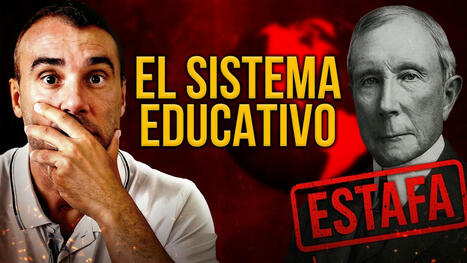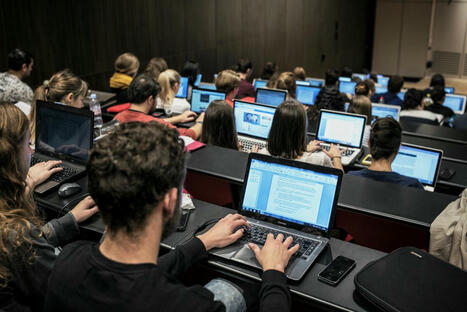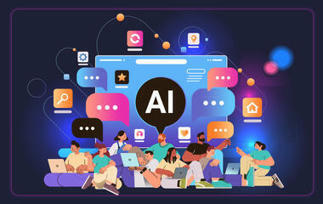As education shifts from traditional content delivery to students to teaching students how to develop and employ agile, critical thinking, and problem-solving skills, the teacher's role is being redefined. This transformation is essential to meet the United Nations' Sustainable Development Goal 4 (SDG 4), specifically targets 4.1 and 4.A, which aim to ensure inclusive and equitable quality education and promote lifelong learning opportunities for all.
Furthermore, the World Economic Forum in 2024, released a report that calls for an Education 4.0 Framework which can “serve as an inspiration for global leaders and practitioners.” The chapter explores “Who is the future schoolteacher?” and “How do we prepare them to teach?” It posits that the future educator will
be less a conveyor of information and more a facilitator of learning experiences that foster critical thinking, creativity, and adaptability.
This shift is driven by the imperative to prepare students for scenarios that do not yet exist, requiring a fundamental rethinking of teaching methodologies and the competencies that educators need to develop. This shift thus requires us to embrace change as
we prepare and engage future teachers in designing instruction that assists all learners in meeting that set of skills. Key recommendations from the 2024 World Economic Forum’s Education 4.0 Framework (World Economic Forum, 2024) will be considered as they relate to the preparation of future teachers.


![[PDF] Futuristic insights on Education components: How education can meet the demands of an ever-changing world | Edumorfosis.it | Scoop.it](https://img.scoop.it/ct67-p-Vzwuz9CPH4eP7Kjl72eJkfbmt4t8yenImKBVvK0kTmF0xjctABnaLJIm9)


 Your new post is loading...
Your new post is loading...
![[Video] Will AI replace teachers in classrooms? | Edumorfosis.it | Scoop.it](https://img.scoop.it/f_gcMGZe97woOxNJDOhKHDl72eJkfbmt4t8yenImKBVvK0kTmF0xjctABnaLJIm9)










![[documental] El sistema educativo representa la mayor trampa del mundo moderno I Schopenhauer y Nietzsche | Edumorfosis.it | Scoop.it](https://img.scoop.it/gOkgVPiL-_3BN9eB8mGArjl72eJkfbmt4t8yenImKBVvK0kTmF0xjctABnaLJIm9)

![[Video] Educating kids in the Age of AI | Edumorfosis.it | Scoop.it](https://img.scoop.it/vj4QFJ5ttxPWjOL00ixwUzl72eJkfbmt4t8yenImKBVvK0kTmF0xjctABnaLJIm9)




![[PDF] La IA en la Educación: Los futuros que nos esperan | Edumorfosis.it | Scoop.it](https://img.scoop.it/2iM4mKWcv5xduf7KMwBjwjl72eJkfbmt4t8yenImKBVvK0kTmF0xjctABnaLJIm9)
![[Opinion] AI will destroy Critical Thinking in K-12 | Edumorfosis.it | Scoop.it](https://img.scoop.it/gyujRaIGTHCcPSyWoBykBDl72eJkfbmt4t8yenImKBVvK0kTmF0xjctABnaLJIm9)






Si bien los métodos tradicionales suelen contar con investigaciones de eficacia comprobada, los docentes necesitan adoptar y adaptar herramientas digitales que les ayuden en la preparación y la impartición de la instrucción (German et al., 2022).
Consideremos cómo deben ser nuestras aulas para preparar a los estudiantes para un mundo que aún no existe. Prepararlos para alcanzar el éxito y liderar en un mundo en constante cambio requiere aulas que fomenten la creatividad, adaptabilidad y una mentalidad global (Costin, 2017; Okogbaa, 2017). Este futuro nos exigirá dejar de replicar el statu quo, reimaginar nuestra forma de enseñar y, quizás lo más importante, preparar a los docentes si queremos romper el ciclo.
En las aulas del futuro, el docente no será la única fuente de información ni el centro de atención del aula. En cambio, será guía y mentor, facilitando el aprendizaje mientras los estudiantes navegan por un mundo de pantallas holográficas, simulaciones de realidad virtual y herramientas de aprendizaje impulsadas por IA. El docente ayudará a los estudiantes a conectar conceptos, aplicar sus conocimientos creativamente y ampliar los límites de su pensamiento. El futuro docente es un facilitador de la creatividad y la innovación, experto en estrategias que ayudan a los estudiantes a dirigir sus propios procesos de aprendizaje (Royce, 2023; Shippee, 2019).